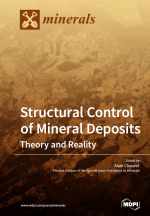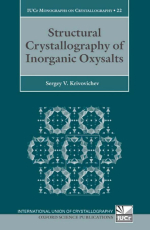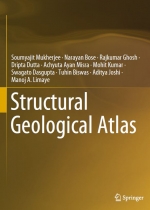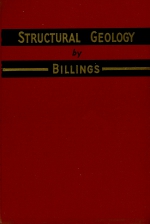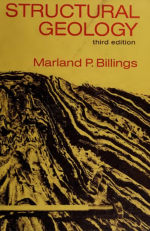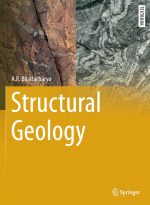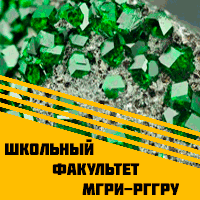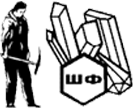Most of previous models suggest that the Central Asia Orogenic Belt grew southward in the Phanerozoic. However, in the Bayanhongor region in west-central Mongolia, volcanic arc, accretionary prism, ophiolite, and passive margin complexes accreted northeastward away from the Baydrag micro-continent, and hence the region constitutes the southwestern part of a crustal-scale syntaxis close to the west. The syntaxis should be original, because presumably reorientation due to strike-slip faulting can be ignored. It is reconfirmed that the Baydrag eventually collided with another micro-continent (the Hangai) to the northeast. A thick sedimentary basin developed along the southern passive margin of the Hangai micro-continent. This region is also characterized by an exhumed metamorphosed accretionary complex and a passive margin complex, which are both bounded by detachment faults as well as basal reverse faults which formed simultaneously as extrusion wedges. This part of the Central Asia Orogenic Belt lacks exhumed crystalline rocks as observed in the Himalayas and other major collisional orogenic belts. In addition, we identified two phases of deformation, which occurred at each phase of zonal accretion as D1 through Cambrian and Devonian, and a synchronous phase of final micro-continental collision of Devonian as D2. The pre-collisional ocean was wide enough to be characterized by a mid-ocean ridge and ocean islands. Two different structural trends of D1 and D2 are observed in accretionary complexes formed to the southwest of the late Cambrian mid-ocean ridge. That
is, the relative plate motions on both sides of the mid-ocean ridge were different. Accretionary complexes and passive margin sediments to the northeast of the mid-ocean ridge also experienced two periods of deformation but show the same structural trend. Unmetamorphosed cover sediments on the accretionary prism and on the Hangai micro-continent experienced only the D2 event due to microcontinental collision. These unmetamorphosed sediments form the hanging walls of the detachment faults. Moreover, they were at least partly derived from an active volcanic arc formed at the margin of the Baydrag micro-continent.



